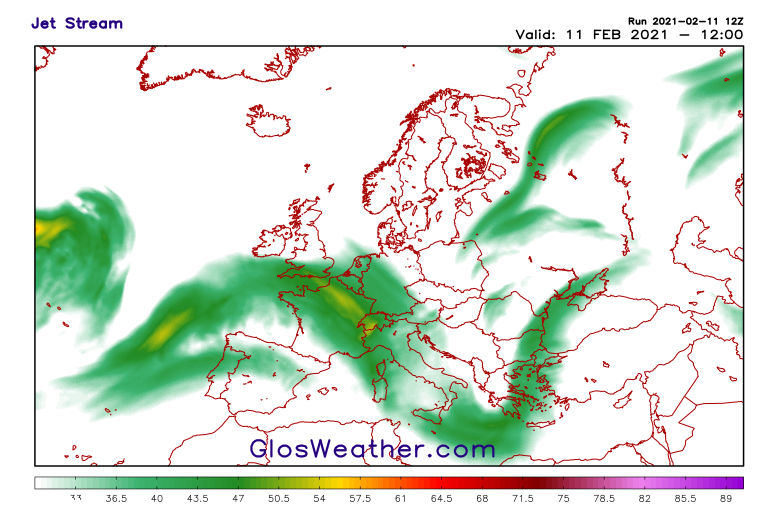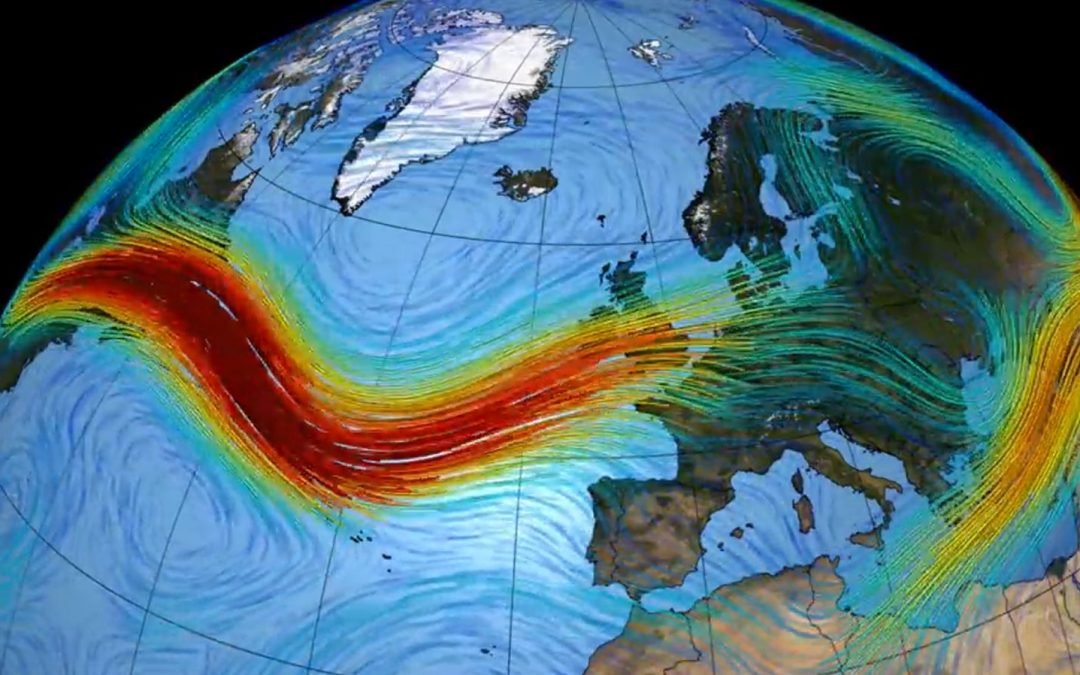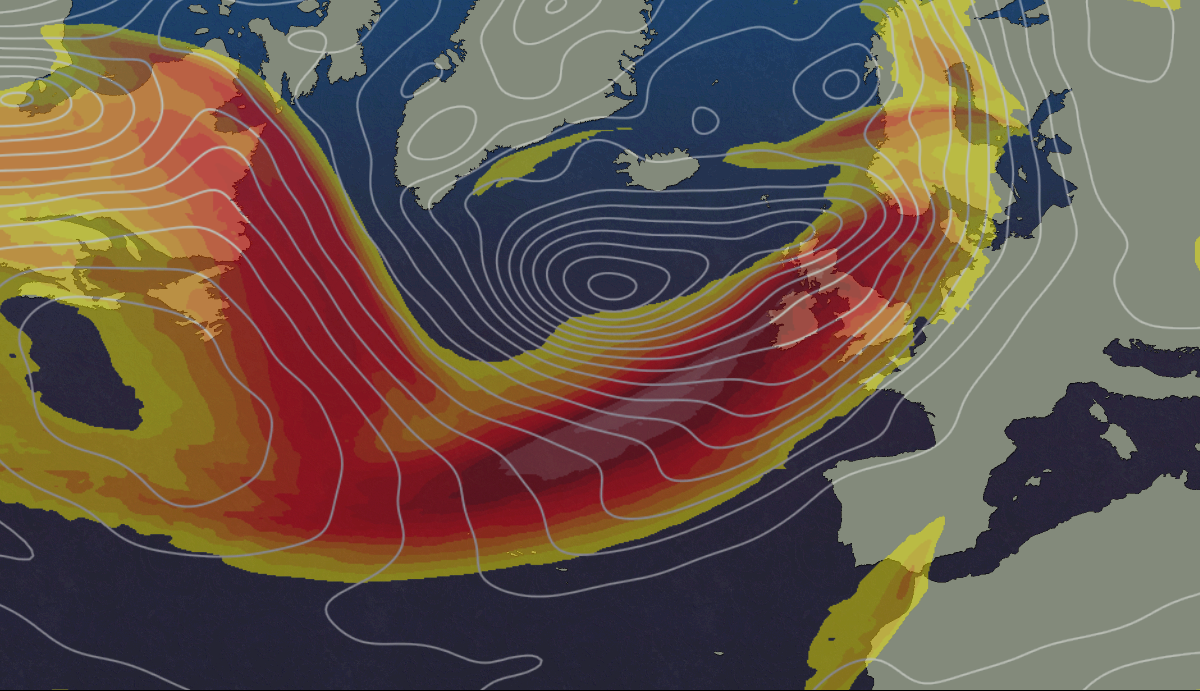During the winter months when the jet stream is strong and close to the uk we can expect stormy conditions as it directs areas of low pressure in our direction.
Jet stream satellite images uk.
Welcome to our new interactive global jet stream forecast map here on netweather.
Each ridge radar image is created separately without backgrounds on the image and in a standard geographic projection referenced to north american datum 1983 nad83.
Explore recent images of storms wildfires property and more.
The jet stream map shows today s high wind speed levels and jetstream directions.
The jet stream is a narrow band of predominantly westerly winds found 9km to 16km about the earth s surface.
Just click the arrow buttons or drag the slider to view the forecasts for different times or click the animate button to view an animation of the current forecast.
Zoom earth shows live weather satellite images updated in near real time and the best high resolution aerial views of the earth in a fast zoomable map.
The net result is the satellite appears stationary relative to the earth.
The station s antenna points toward the satellite and tracks it for as long as it can until it moves out of range.
The images are updated twice a day at 6 10am and 6 10pm bst and take approx 20 mins to complete.
This is called the station s coverage circle and you can see it drawn.
The first geostationary satellite was launched in 1966.
The jetstream plays a large role when it comes to the weather across the uk so from here you can view the latest jetstream forecast right out to 16 days in 3 hour timesteps.
The best feature about the ridge enhanced views of nws doppler radar images is that each image can be incorporated into gis software.
Unlike polar orbiting satellite geostationary satellites orbit at a much higher altitude of 22 236 miles 35 786 km.
The most comprehensive image search on the web.
The satellite takes images of the earth below and streams it down to the station in real time.
It has a big impact on the weather.
Radar images for gis software.
Each station therefore receives the images of the areas around it.
The faster the jet the more intense the red colouring.
The maps update four times a day and are an initial small feature using this new mapping technology keep your eye out for further additions soon.
Positioned over the equator the satellite completes one orbit of the earth in 24 hours.
Previously known as flash earth.
The chart above shows the wind direction and speed at 200mb across the atlantic.
























